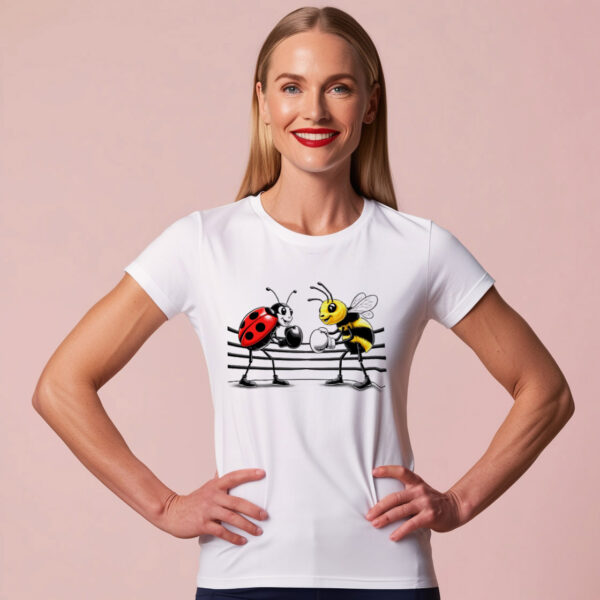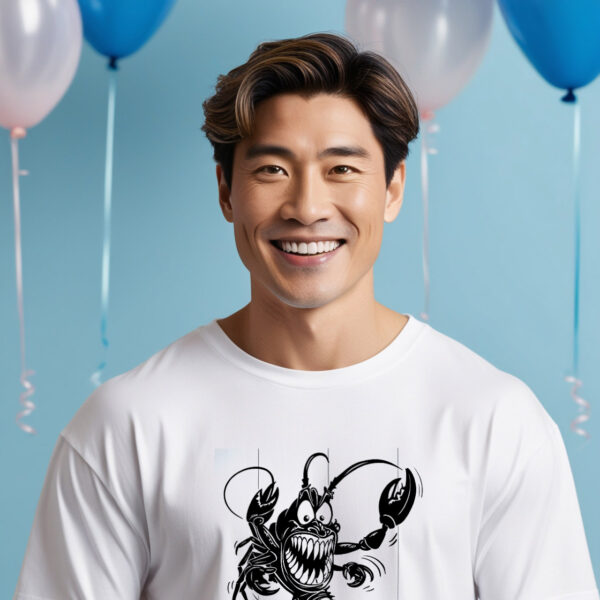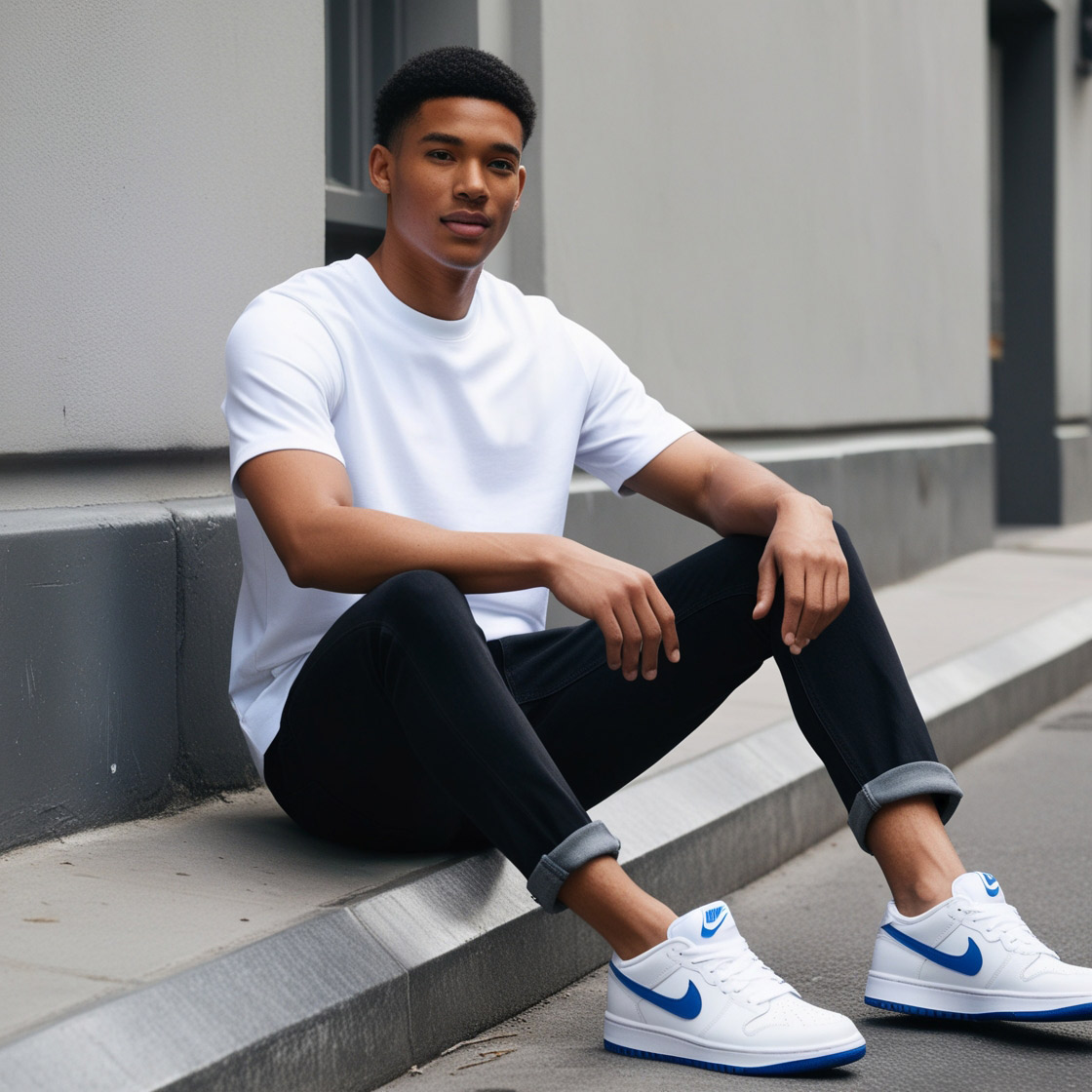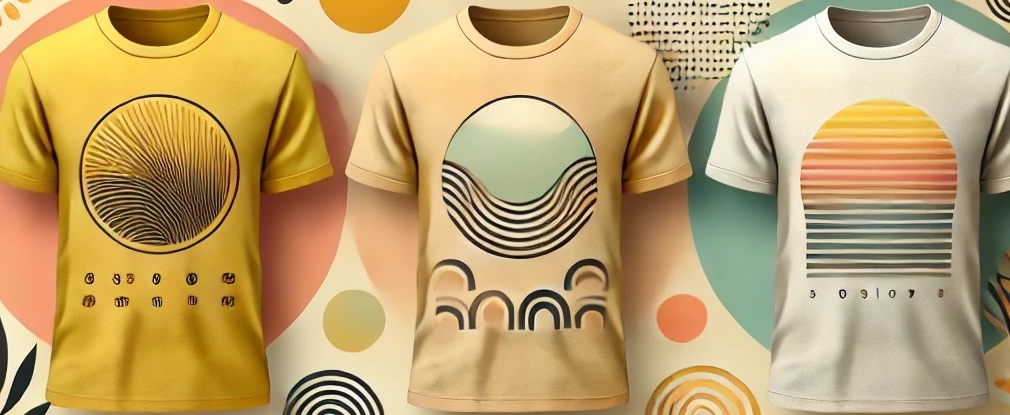When coordinating colors in your wardrobe, it’s useful to understand how different colors work together. Here are some classic color pairings and tips on how to create harmonious outfits. Tips on creating the perfect look
Styling suggestions for different occasions.
1. Neutrals and Brights
- Black and White: A timeless combination that always looks chic and modern. Add a splash of color with accessories or a statement piece for extra flair.
- Gray and Pastels: Soft pastels like mint, peach, or lavender complement gray for a gentle, sophisticated look.
- Beige and Bold Colors: Beige acts as a neutral canvas that pairs well with bright hues like royal blue, emerald green, or deep red.
2. Complementary Colors
- Blue and Orange: These colors sit opposite each other on the color wheel, creating a vibrant contrast. This pairing is bold and eye-catching.
- Red and Green: Often associated with holiday themes, but a deeper red with a dark green can look elegant and sophisticated.
3. Analogous Colors
- Blue, Green, and Teal: These colors sit next to each other on the color wheel, creating a serene and cohesive look.
- Yellow, Orange, and Red: These warm colors blend seamlessly, creating a vibrant and energetic outfit.
4. Monochromatic Scheme
- Different Shades of Blue: Wearing varying shades of the same color creates a stylish and put-together appearance. For instance, pair navy with sky blue or cobalt with denim.
- Grays and Charcoal: Different shades of gray create a sleek and sophisticated look.
5. Earth Tones
- Olive Green and Brown: Earthy tones like olive green and brown complement each other for a natural, grounded look.
- Rust and Tan: Warm rust tones pair beautifully with tan for a cozy, autumnal feel.
6. Jewel Tones
- Emerald Green and Sapphire Blue: Rich jewel tones contrast beautifully, creating a luxurious and elegant appearance.
- Ruby Red and Amethyst Purple: These deep, rich colors offer a striking and regal combination.
Tips for Color Coordination:
- Balance Bold Colors: If you choose a bold color for a main piece, balance it with neutral accessories or clothing to avoid overwhelming the look.
- Use the Color Wheel: Familiarize yourself with the color wheel to understand complementary and analogous color relationships.
- Consider Patterns: If mixing patterns, ensure the colors in the patterns complement each other or use a neutral base to ground the look.
By understanding and experimenting with these color combinations, you can create outfits that are visually appealing and well-coordinated.























